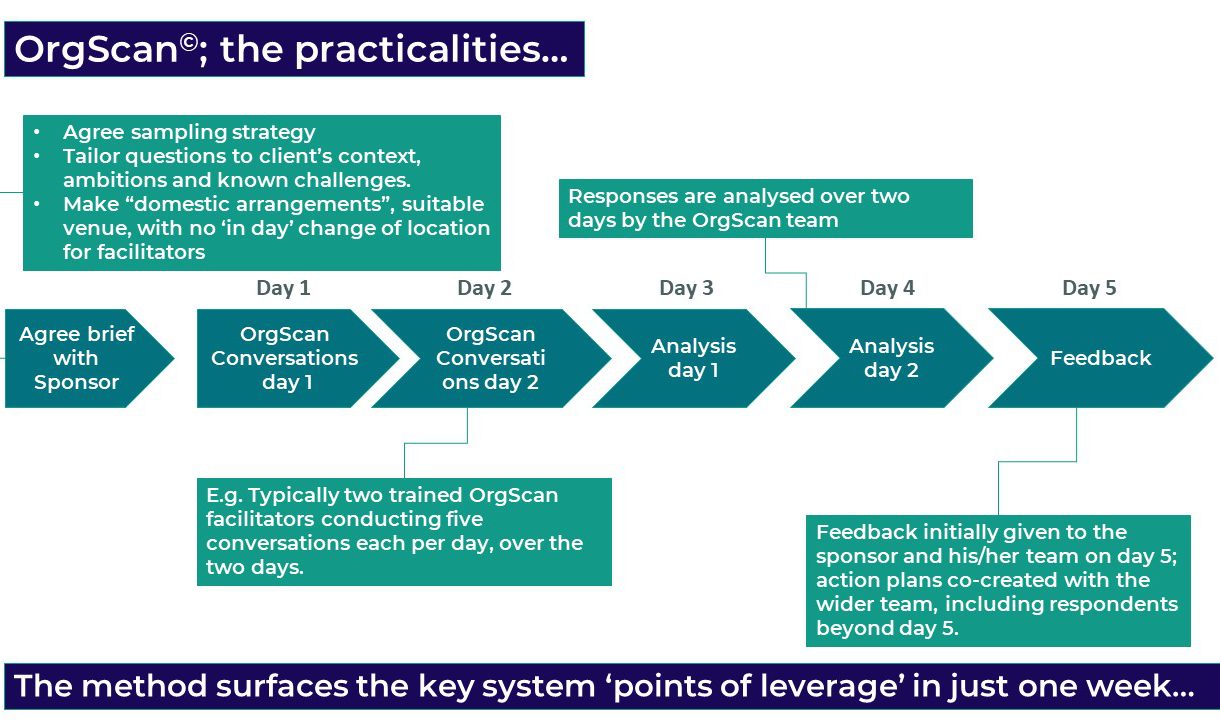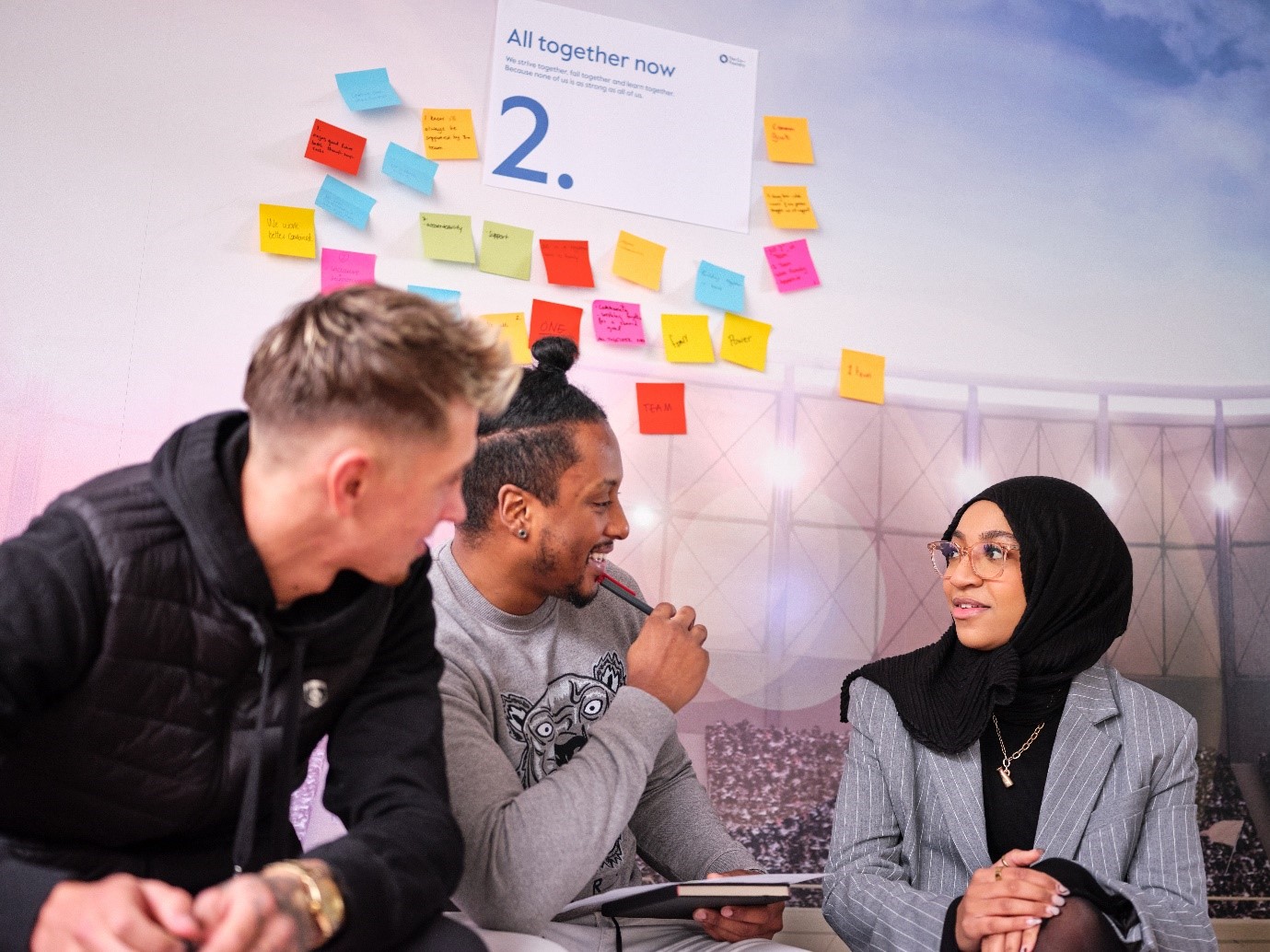Sometimes teams just click. Most of us would recognise that those virtuoso performances come from a place of deep mutual understanding, connectedness, and alignment to a shared goal or purpose. However, there are some other vital ingredients which, are universally important and often neglected.
In your teams, have you ever noticed…
- Conversations not being as equal as they might be, a view or individual dominating
- Resorting to “decision by exhaustion” or “decision by senior status / authority”
- Conversations in deadlock, cycling round without resolution and progress
- Relationships being unnecessarily tested, often through misunderstanding
- Lots of views exchanged, not so much progress
- People feeling they’ve not been heard and understood
- Some people holding-back valuable contributions
- Introverts sitting in resentful silence
And then wondered why there is a lack of buy-in to the process, the output, or even the team itself?
Introducing Teams in Flow (TiF)
What could your team achieve if…
- There was a positive and cohesive climate
- Decisions got made with more speed and less friction.
- There was greater psychological safety; more innovative ideas, energy and engagement
- Buy-in to decisions was improved, even by those who offered alternatives
What is the magic ingredient?
TiF is all about improving our interactive skill in conversations. It is well proven with a rigorous research base.
TiF is a unique blend of two threads of research and our own subsequent in-use refinements that span decades. One thread is behavioural, it relates to the conscious skill set that enables participants to engage with others in conversations which flow, are generative, equal and engender psychological safety. The other essential ingredient is a guide-rail to structure the conversations – idea generation, decision-making and problem-solving are structures that apply most often in the work of organisational teams. Both threads are necessary, neither one is sufficient.
TiF results in enduring behavioural change
Skills are only learned, embedded and become habitual through cycles of practice and feedback. The TiF intervention is all about creating a safe place for the team to learn together through practice. It is vitally important that the content of the discussion is real and meaningful to the team. The happy consequence of this is that the “real work” of the team gets progressed at the same time the team is acquiring the new skills. By virtue of working with every-day teams peer-to-peer feedback and support endures long after the learning experience, sustaining the behaviour change.
Extraordinary results require a radically different approach
Here at Organisational Vitality our purpose is to help leaders and their teams liberate their full potential; to have fun doing their best, most rewarding work; and to enjoy ever-improving performance.
We are very comfortable being an outlier to the majority of providers in the Organisational Development space. We don’t follow the crowd. Challenges in organisational dynamics are, by definition, wicked and messy, and yet most providers offer simple, unresponsive solutions that are incapable of dealing with that inherent complexity.
We have optimised to serve organisations that are purposeful, progressive and those that are scaling. We offer highly personalised service, value the relationships we hold with those we serve, and based on our unique diagnostics and interventions co-create healthy participative change in organisations.
Curious to know more?
We would love to hear from you. The conversation could change the flow of your team – forever!




